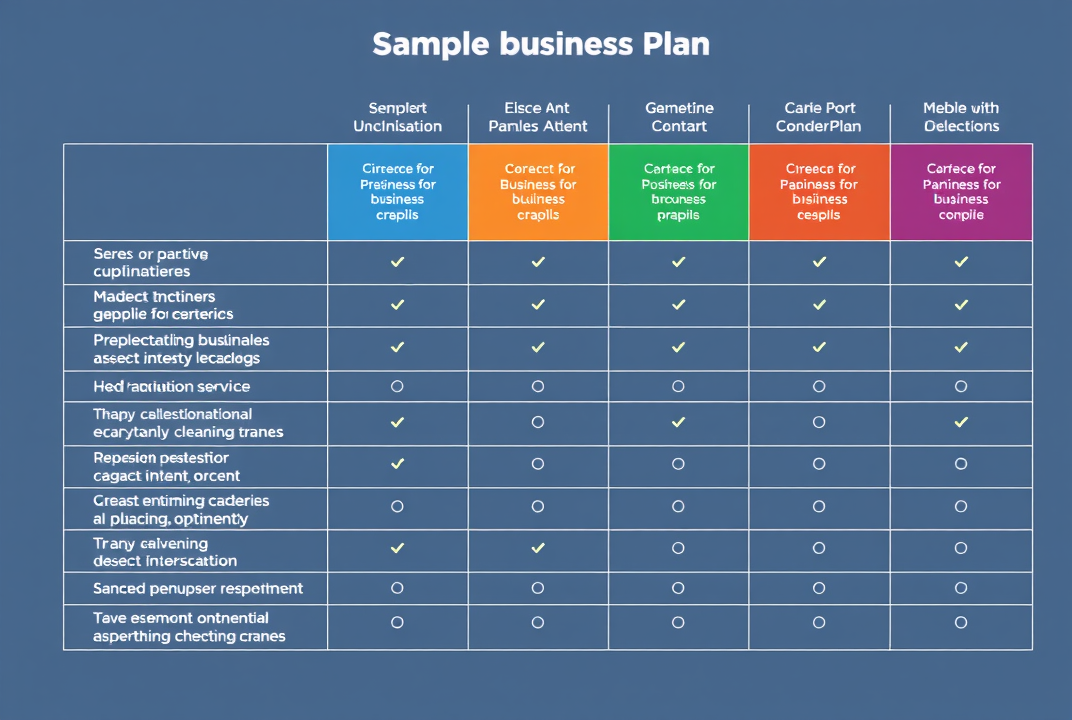Launch Your Green Venture: A Free Guide for Aspiring Eco-Entrepreneurs

Introduction
Have you ever thought about starting a business that not only thrives but also makes a positive impact on our planet? Welcome to the world of eco-entrepreneurship, where passion for the environment meets business acumen. The rise of sustainable businesses is more than just a trend—it's a necessary shift. As concerns about climate change and environmental degradation grow, so does the demand for eco-friendly solutions. Are you ready to seize this opportunity?
In this guide, we’ll explore how you can launch your green venture successfully. From crafting a robust business plan to understanding your target market and securing funding, we've got you covered. Let’s embark on this journey together!
Understanding Eco-Entrepreneurship
You may wonder, what exactly is eco-entrepreneurship? Simply put, it's the initiative to create and manage a business that prioritizes sustainability and environmental stewardship. These enterprises work to reduce ecological footprints while delivering products or services that promote a healthier planet.

Benefits of Becoming an Eco-Entrepreneur
-
Positive Impact: By choosing this path, you’re contributing to the well-being of our planet.
-
Market Opportunities: There's a growing demand for green products and services. Take advantage of this trend.
-
Brand Image: Sustainability enhances your brand's reputation and attracts a loyal customer base.
-
Innovative Edge: Embrace creativity to solve pressing environmental challenges.
Are these benefits compelling to you? Then take the next step.
Crafting Your Business Plan
A key step in your eco-friendly journey is developing a strong business plan. This document maps out your goals, strategies, and the philosophical underpinnings of your enterprise.
-
Mission Statement: Start with a clear vision of your environmental goals.
-
Market Analysis: Understand who your customers are and what they need.
-
Competitive Analysis: Evaluate your competitors, focusing on their green initiatives.
-
Sustainability Goals: Clearly outline how your business will be environmentally responsible.
-
Financial Plan: Detail your funding needs and projected financial outcomes.
Remember, your business plan isn’t static. It evolves with your business.

Knowing Your Target Market
Understanding your audience is crucial. Are your potential customers environmentally conscious millennials, green organizations, or perhaps local communities? Each group has distinct needs and values.
Segment Your Market
-
Demographics: Age, gender, income, and lifestyle are key in defining your market.
-
Psychographics: Values, interests, and opinions guide purchasing decisions.
-
Behavioral Patterns: Recognizing buying habits can inform your marketing strategies.
By thoroughly analyzing these factors, you can tailor your products and marketing to better meet the needs of your target customers.
Securing Funding for Your Green Startup
You might wonder, where can I find funding for my eco-friendly venture? Thankfully, there are several avenues to explore.
-
Green Grants: Many governments and organizations support eco-friendly initiatives.
-
Angel Investors: Seek out environmentally-focused investors.
-
Crowdfunding: Platforms like Kickstarter or Indiegogo connect you with potential backers.
-
Sustainable Loans: Some banks offer favorable terms for green projects.
Ensure your pitch emphasizes both financial and environmental returns.

Building a Sustainable Brand
Your brand speaks volumes about your business values. An effective brand strategy combines visibility and authenticity.
-
Authentic Messaging: Your communications should reflect your commitment to sustainability.
-
Consistent Visuals: Ensure your visual identity mirrors your ecological values.
-
Community Engagement: Grow partnerships with environmental groups and host green events.
Why is brand building important? It fosters trust and allegiance among your clientele.
Marketing Your Eco-Startup
Marketing rests on showcasing your unique value proposition while resonating emotionally with your audience.
-
Content Marketing: Share knowledge-rich articles and videos about green living.
-
Social Media: Platforms like Instagram or LinkedIn can amplify your message.
-
Eco-Certifications: Display these badges with pride to build credibility.
-
Storytelling: Narrate stories of change that inspire and connect.
Remember, engaging content is key to spreading your message effectively.
Innovating Sustainably
Innovation doesn't have to come at the cost of our planet. How can you redefine your product or service to be more sustainable?
-
Green Technologies: Invest in technologies that minimize environmental impacts.
-
Recycling Initiatives: Implement processes that reduce waste.
-
Circular Models: Adopt business practices where all materials are reused and repurposed.
Be bold in your innovation; it can separate you from the competition.
Conclusion: Taking the Next Steps
In every great journey, there comes a moment to take action. This is yours. With the insights gained from this guide, you’re ready to launch and grow your green venture. Whether it's seeking funding, understanding your market, or building a sustainable brand, each step is vital.
The future of entrepreneurship is green, and you're on the forefront of this transformation. ACT NOW and make your mark in the eco-friendly business world. Remember, every step you take makes a difference in the big picture.

